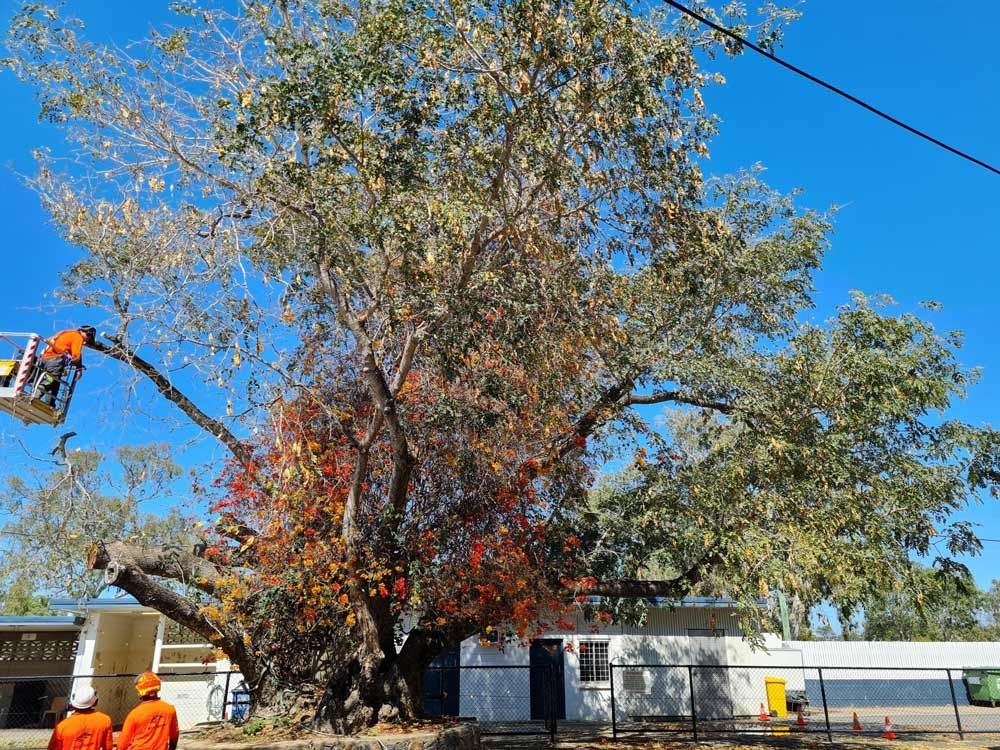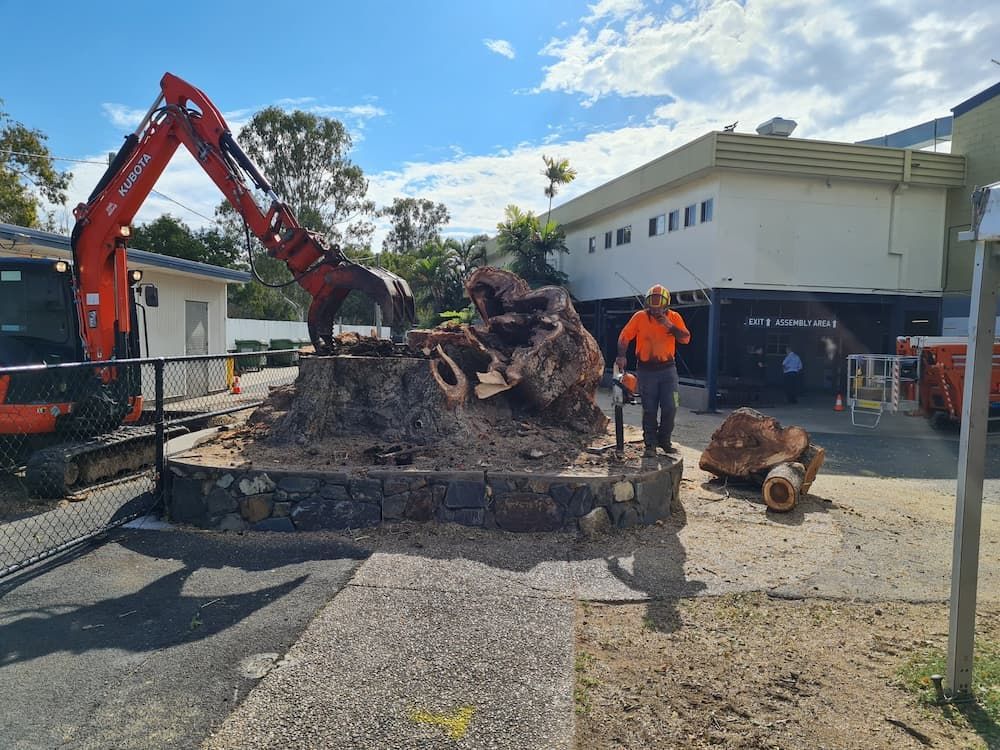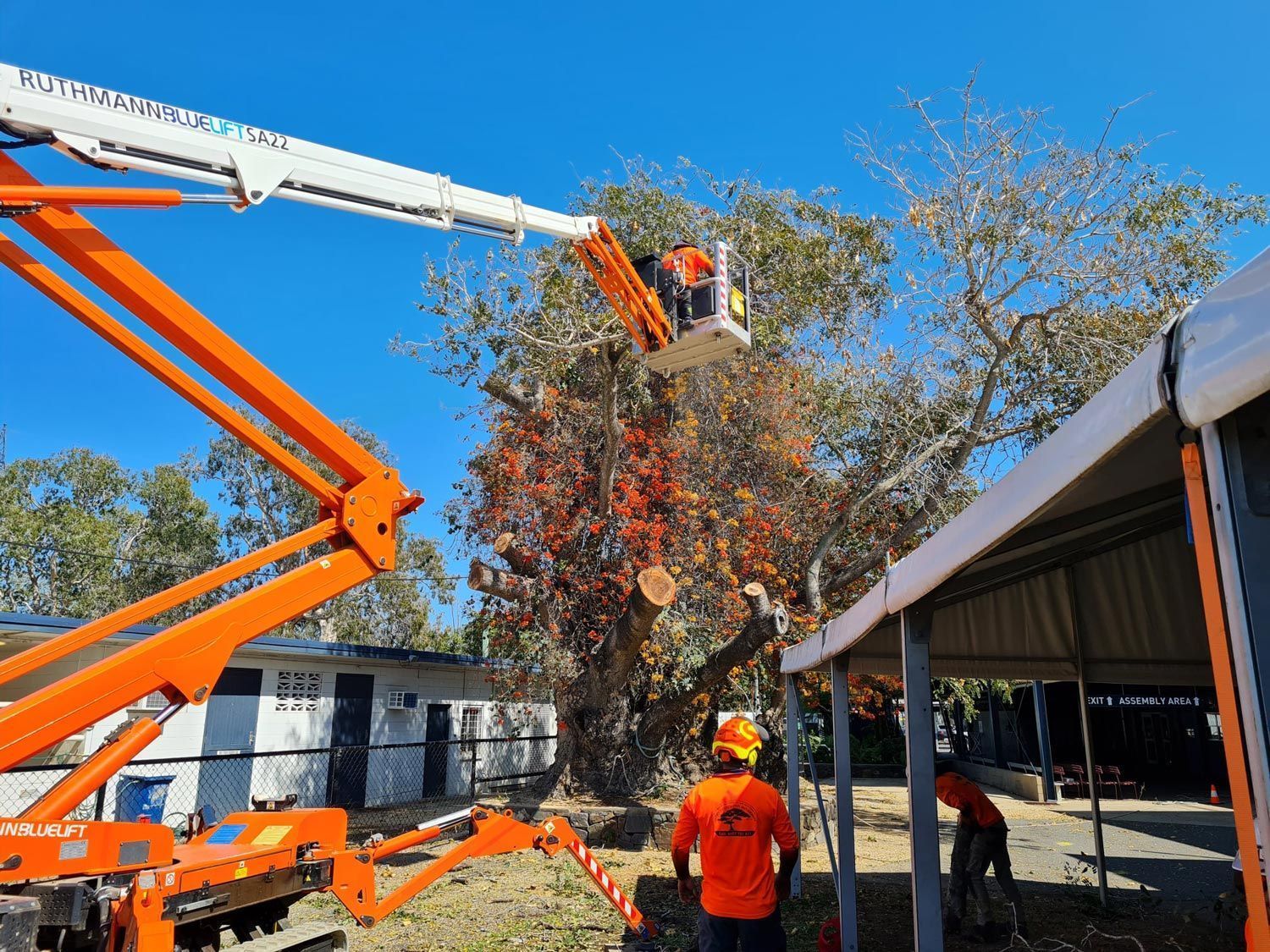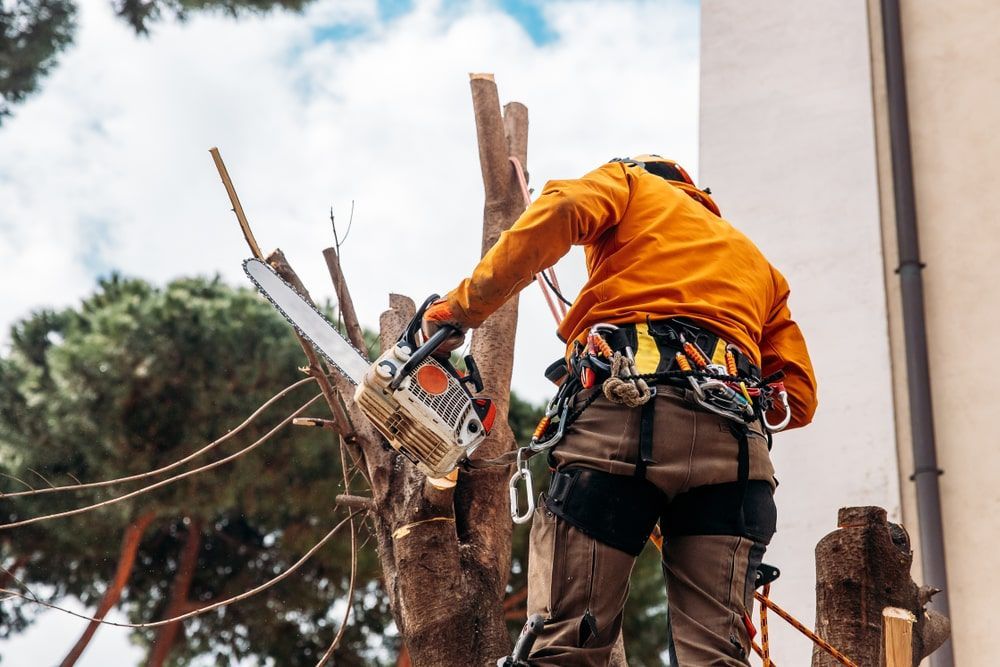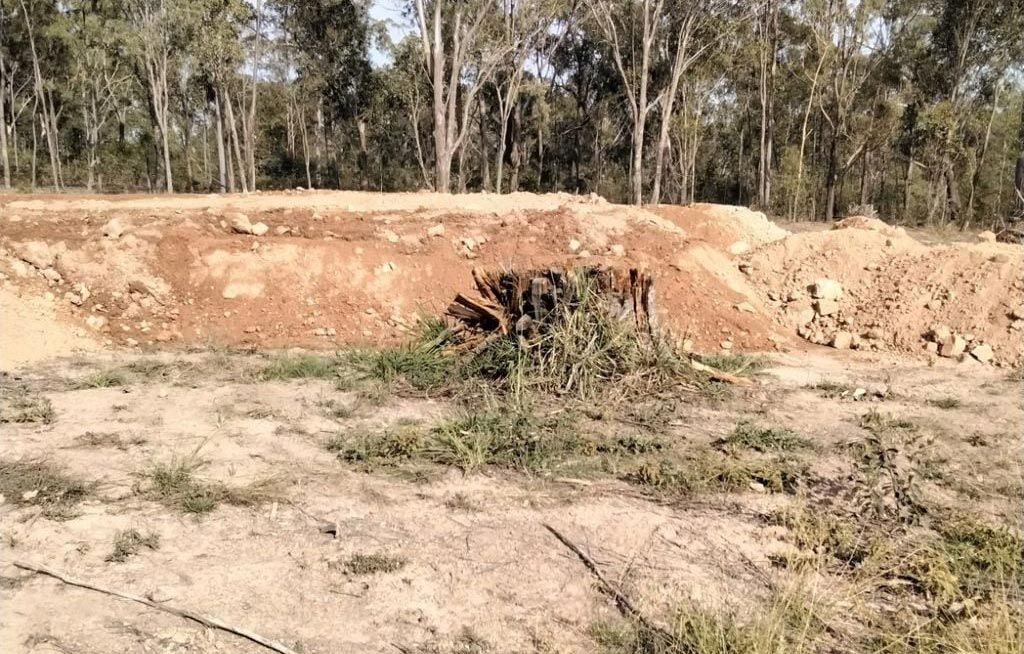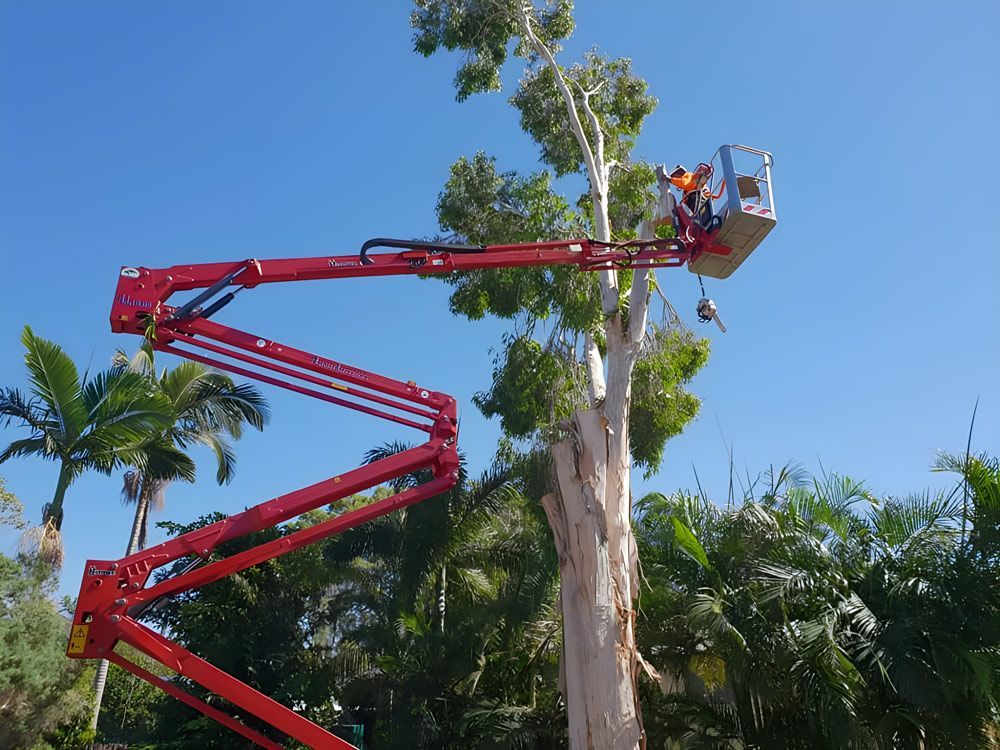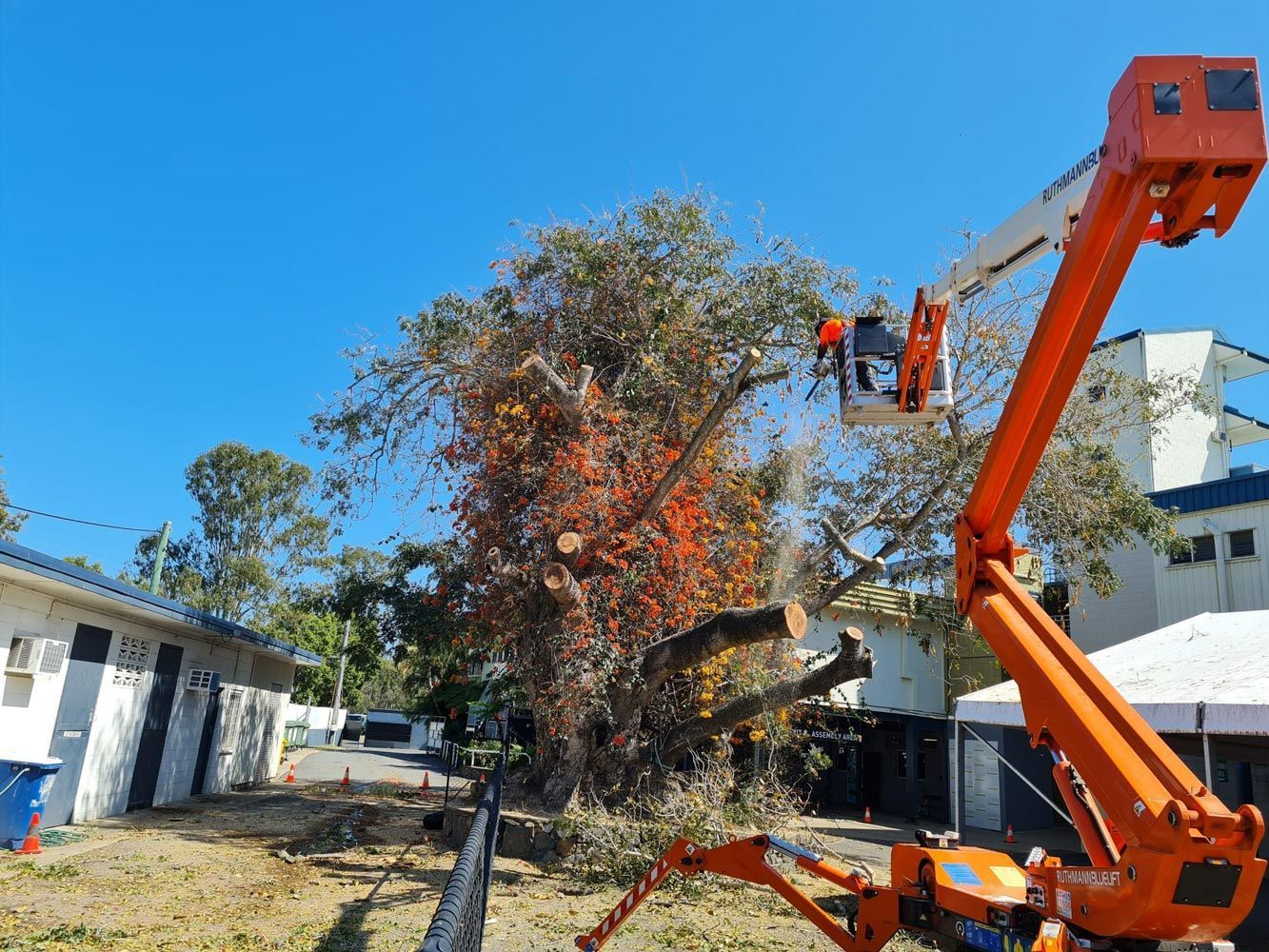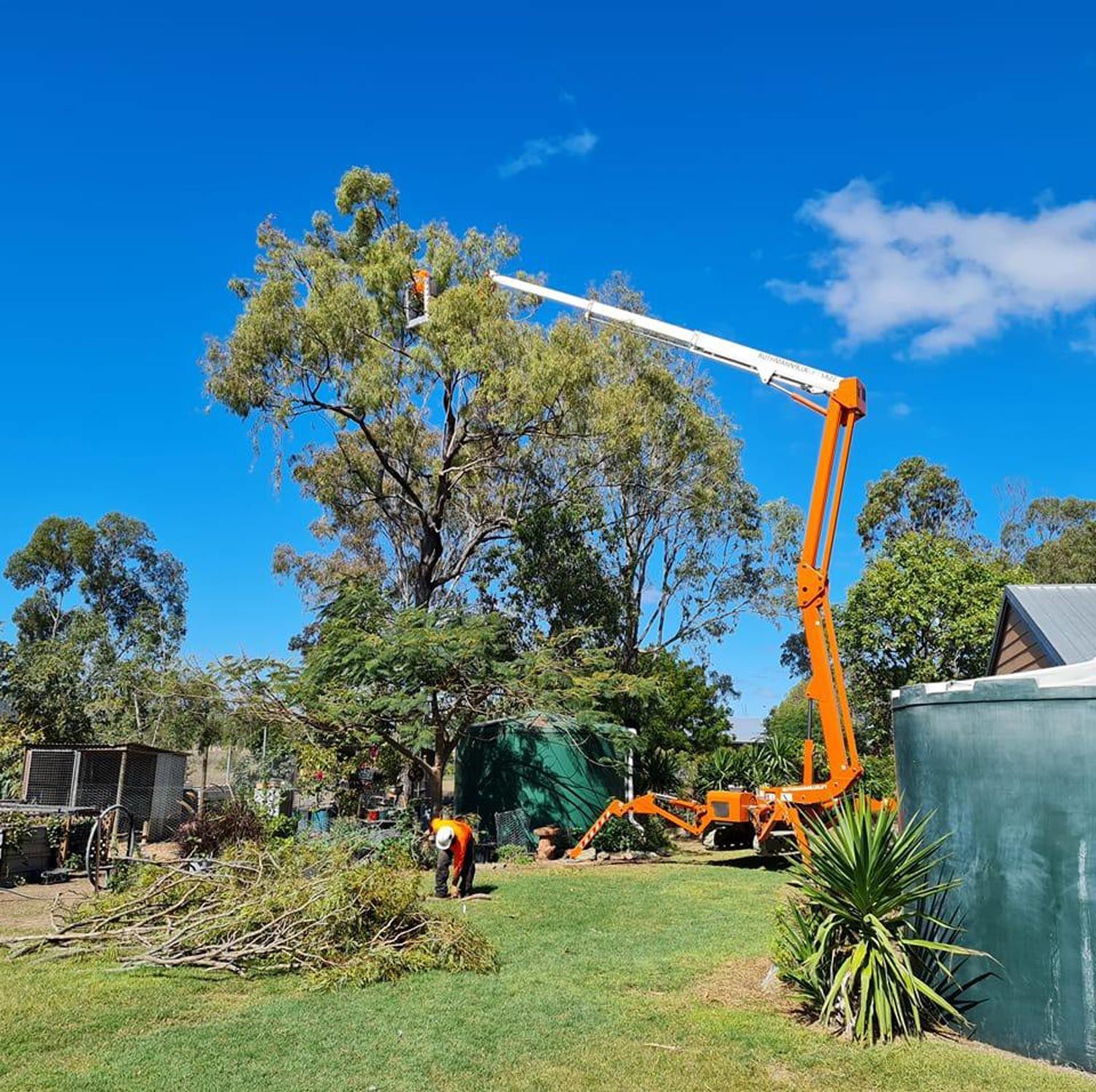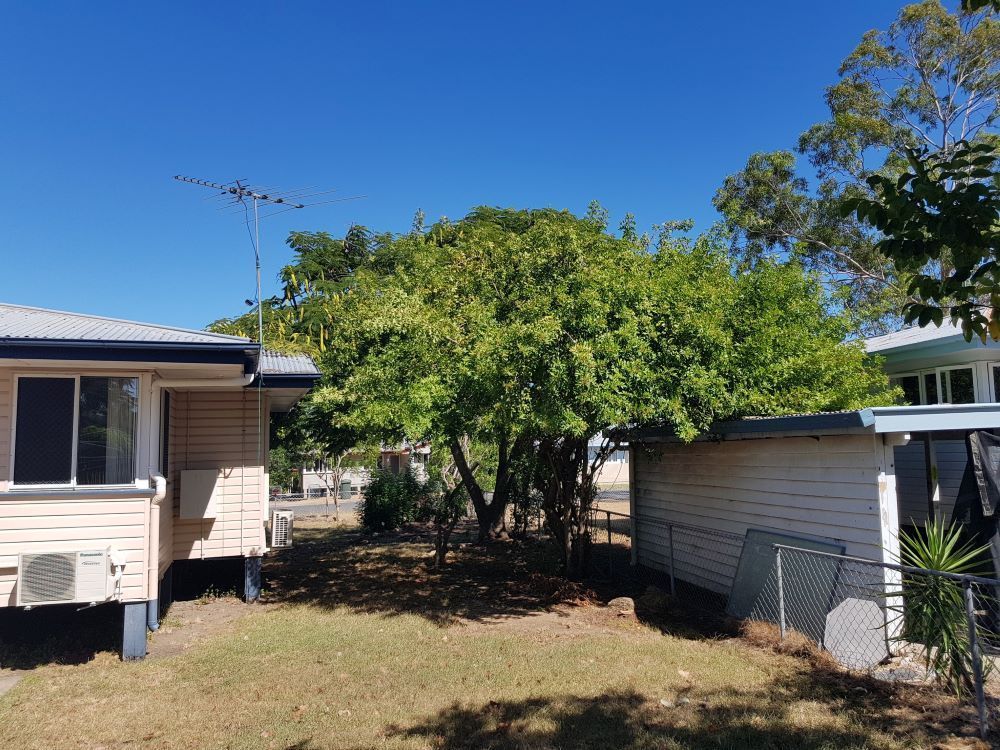How Regular Tree Maintenance Saves You Money in the Long Run
Trees are one of the most valuable features of any property. They provide shade, beauty, privacy and even help regulate temperatures. But without proper care, trees can also become liabilities, leading to costly repairs, safety hazards or even legal issues. That’s why ongoing tree care is not just about appearances—it’s about protecting your investment.
For homeowners and property managers, regular attention to tree health through professional tree services is an effective way to save money in the long run. Here’s how consistent maintenance like pruning, deadwood removal and inspections helps prevent expensive surprises.
Preventing Property Damage
One of the biggest risks posed by neglected trees is property damage. Overgrown branches can scrape against roofs, gutters and walls, while weak or dead limbs may fall during storms.
When this happens, the costs add up quickly: roof repairs, fence replacements or vehicle damage. In severe cases, fallen trees can compromise entire structures.
Regular pruning and inspections reduce these risks dramatically. By removing problem branches early, you avoid paying for major repairs later. This makes tree maintenance a classic case of prevention being cheaper than cure.
Lowering Emergency Costs
Emergency callouts are always more expensive than scheduled maintenance. When a storm hits and a large limb blocks a driveway or damages power lines, you’ll often pay a premium for urgent response.
By investing in routine tree care, you reduce the likelihood of emergencies altogether. Professional arborists can identify weak points in a tree before they fail, meaning you’re less likely to need urgent, high-cost interventions.
Protecting Against Liability
For property managers and landlords, liability is a serious concern. If a tree on your property injures a tenant, visitor or passer-by, you may be held responsible.
Neglected trees that drop limbs or interfere with public footpaths can lead to legal claims that cost far more than regular maintenance would have. Proactive inspections and care demonstrate a commitment to safety, reducing the risk of liability and keeping insurance premiums manageable.
Promoting Tree Health
Healthy trees are not only more attractive but also more resilient. Trees that are regularly pruned and monitored for disease or pest problems live longer and require fewer costly removals.
By addressing issues early—such as fungal infections, termite infestations or root problems—you avoid situations where a tree becomes hazardous and needs to be removed entirely. Removal is almost always more expensive than ongoing care.
Increasing Property Value
Well-maintained trees add to curb appeal and property value. Potential buyers or tenants are more attracted to properties with healthy, well-kept landscapes. Conversely, overgrown or diseased trees create an impression of neglect and can turn buyers away.
Spending a little each year on pruning, trimming and inspections ensures your property maintains its value and marketability.
Extending the Life of Infrastructure
Tree roots can wreak havoc on underground pipes, driveways, pavements and foundations. Large surface roots may lift concrete slabs, while invasive root systems can clog drains.
Routine inspections help identify root issues before they become catastrophic. In many cases, strategic pruning or root management prevents the need for costly plumbing repairs or concrete replacement.
Saving on Energy Costs
Strategically maintained trees can also reduce energy bills. Well-placed trees provide shade in summer, lowering cooling costs, while letting in light and warmth during winter if properly pruned.
Neglected trees, however, may block sunlight in winter or over-shade areas, causing unnecessary energy use. Careful trimming ensures your trees work for you, not against you, when it comes to energy efficiency.
Budgeting Benefits of Regular Maintenance
For budget-conscious homeowners and property managers, one of the biggest advantages of routine maintenance is predictability. Instead of facing unexpected thousand-dollar bills after a storm or tree failure, you can plan small, manageable expenses throughout the year.
Think of it like servicing a car—you wouldn’t skip maintenance until the engine fails. Trees require the same consistent attention to avoid sudden, expensive breakdowns.
Common Tree Maintenance Practices
So, what does regular tree maintenance involve?
- Pruning: Removing dead, weak or overgrown branches to improve health and safety.
- Deadwood removal: Eliminating limbs that could fall and cause damage or injury.
- Crown thinning: Reducing the weight of dense canopies to withstand wind and storms.
- Health inspections: Checking for signs of pests, disease or structural weakness.
- Root management: Preventing damage to pipes, driveways and foundations.
Each of these tasks contributes to long-term savings by reducing risks and preserving tree health.
Seasonal Tree Care
Tree needs aren’t the same year-round. Different seasons call for different maintenance tasks, and staying on top of them avoids bigger expenses later.
- Spring: A good time for inspections and pruning, as new growth begins. Addressing issues early sets trees up for healthy development.
- Summer: Focus on watering and monitoring for pests or heat stress. Shade trees are especially valuable during the hotter months.
- Autumn: Clear deadwood and prepare trees for storm season. Removing weak branches reduces the risk of damage during high winds.
- Winter: While growth slows, this is an excellent time for structural pruning and planning long-term care.
By tailoring maintenance to the seasons, you get the most out of your investment and avoid weather-related surprises.
The Hidden Costs of Neglect
Skipping tree maintenance might seem like a way to save money, but in reality, it often does the opposite. Hidden costs of neglect can include:
- Insurance increases: Claims for storm or property damage caused by trees may drive premiums higher.
- Legal fees: If a tree injures someone or damages a neighbour’s property, liability costs can be significant.
- Property repairs: Damaged roofs, fences, cars or underground services are all expensive to fix.
- Tree removal: A neglected tree that becomes unsafe will eventually need removal, which is far more costly than regular care.
What looks like savings in the short term often turns into bigger bills in the future.
Why Professional Tree Services Matter
While some property owners attempt DIY tree care, professional services provide expertise and safety. Arborists are trained to identify hazards that might not be obvious and have the equipment to handle large or dangerous trees safely.
Attempting to prune or remove branches without the right knowledge can result in injuries, property damage or even the need for corrective work later. In most cases, hiring a professional is not just safer but more cost-effective in the long term.
Need Tree Servies in Rockhampton?
Trees are a major asset, but only when they’re properly cared for. Regular maintenance prevents property damage, lowers emergency costs, protects against liability and keeps your landscape looking its best—all while saving you money over time.
If you’re looking for reliable tree services Rockhampton, Brown’s Vegetation Management offers professional pruning, inspections and care. By investing in ongoing maintenance, you’ll spend less on avoidable repairs and enjoy healthier, safer trees for years to come.
Contact us today to book a service.
